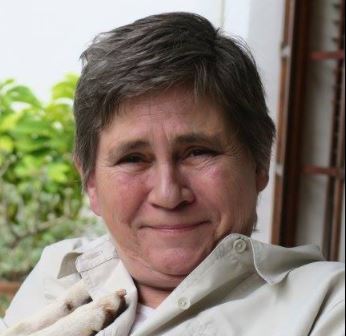
Be calm, still and aware...
Rediscover yourself as compassionate awareness — calmness, stillness and present — to transform fear, anxiety and stress. The journey inward is a profound exploration, not merely a destination.
Rest upon the background awareness from which all things arise, are witnessed and to which all return. You are that awareness — ever still, unmistakable, peaceful, luminous and unchanging — across time and space in waking, dreaming and dreamless states.
Levels of the human mind
Gross, subtle and subtlest
Within our being, the gross mind dances in the light of day, conscious and outward. Deeper still beneath waking state is the subtle mind of dreams, feelings and memory — our subconscious landscape. Beyond that lies the most subtle mind, the unconscious depths of pure potential and stillness where seeds of our memory reside. With inner awakening, we see that these layers of mind are like gentle waves upon one vast ocean of awareness.
All levels are embraced by the ever-present, unchanging witness. This pure awareness shines through every thought and emotion, guiding us toward inner clarity and self-discovery. In this uplifting journey of awakening, we find peace.
Every part of us — conscious, subconscious, unconscious — awakens together in awareness. Each mind’s level is cradled in love and wisdom, unveiling the truth of inner unity and insight. In this serene awareness, we remember our own eternal freedom and inner light. In that stillness, we awaken truly in luminous peace.
Health and Well-Being
In the heart of mindfulness meditation lies a profound yet simple truth: healing and well-being arise not through striving, but through resting deeply in one’s own awareness. Rather than seeking peace in external circumstances, mindfulness invites us to turn inward—to become still, to observe, and to gently rest in the spacious awareness that underlies all thoughts, emotions, and sensations. This shift in attention, from doing to being, unlocks a natural state of balance and wholeness that many of us overlook in our fast-paced lives.
When we rest in awareness, the mind begins to settle. Stress, anxiety, and mental chatter gradually lose their grip. This inner calm soothes the nervous system, lowers cortisol levels, improves focus, and enhances emotional resilience. Over time, the brain itself changes—developing stronger neural pathways associated with compassion, clarity, and emotional regulation. Mindfulness also cultivates acceptance and patience, allowing us to respond to life rather than react impulsively.
The benefits extend beyond the mind. Mindfulness meditation has been shown to reduce inflammation, improve immune function, regulate blood pressure, and support sleep quality. As the mind releases its habitual tension, the body follows, softening into a state of ease and vitality.
In daily life, this inner health reveals itself in practical, meaningful ways. We become more present in our relationships, more grounded in challenges, and more attuned to beauty and gratitude in ordinary moments. Tasks feel lighter, decisions clearer, and interactions more compassionate. The world no longer pulls us in all directions—we move through it from a center of stillness.
Ultimately, resting in awareness is not an escape from life, but a profound return to life—a return to the essence of who we truly are beneath the noise, roles, and responsibilities. In the stillness of pure awareness, we rediscover that peace is not something we must earn, but something already present when we stop chasing and simply allow ourselves to be.
From this space, life begins to unfold with greater ease. We move through the world with clarity rather than confusion, with steadiness instead of reactivity. Each breath, each interaction, becomes more intentional, more spacious, more alive. Even amidst difficulty, we find an inner refuge untouched by outer circumstances.
This grounded presence empowers us to make wiser choices, to speak and act with kindness, and to live with greater joy and authenticity. In resting within awareness, we don’t withdraw from life—we meet it fully, with an open heart and an awakened mind.
Yoga, pranayama and mindfulness
Yoga asanas
Yoga asanas, or postures, are designed to place the body into positions of deliberate stillness. In these frozen moments, the body becomes steady, allowing the mind to quiet and mental fluctuations to settle.
This stillness creates the inner condition necessary for awareness to arise. Asanas also regulate the flow of prana — the body’s vital energy — bringing balance and calm to both body and mind. By cultivating physical stability and energetic harmony, asanas prepare the practitioner for deeper meditation. They serve as a gateway into inner stillness, where awareness becomes vivid and the path to true meditative absorption unfolds.
Breathing
Yogic breathing (pranayama) is a method to balance the body’s vital energy (prana) and restore harmony between body and mind. As prana stabilizes, the body relaxes and the mind begins to calm. The breath then naturally moves toward kumbhaka — the stillness between breaths — where all motion ceases.
This state prepares the mind for Nirvikalpa Samadhi, the highest meditative absorption, where breath and mind meet in silence and dissolve. In that stillness, awareness reveals itself—not as something observed, but as what we are. With this realization, all suffering rooted in mental activity falls away, and only pure awareness remains.
Meditation
The purpose of meditation is to rediscover our true nature — pure awareness — unchanging, calm, and ever-present. Rather than being caught in the movement of thoughts, emotions, and sensations, meditation invites us to rest in our awareness.
By shifting our attention from the constant change aspects of ourselves to the non-changing awareness, we begin to free ourselves from the inner turbulence that causes stress and depression. In this still and open presence, the qualities of awareness — calmness, clarity and compassion — begin to shine forth, transforming how we relate to ourselves, others and the world.
Brainwaves oscillation
During meditation
Theta: Best for emotional healing, trauma transformation, and reprogramming subconscious patterns.
1/ Entering the Theta State
2/ Bring Gentle Awareness to the Pain
3/ Reprogram the subconscious mind – plant a positive seed
4/ Repeat Consistently
Theta reprogramming works because it bypasses the thinking mind and speaks directly to the subconscious. By entering this deeply receptive state with safety, intention, and compassion, we can release trauma, soothe depression, and restore emotional balance from the inside out.
There is scientific evidence supporting that theta brainwave states play a central role in emotional healing, trauma processing, and the reprogramming of the subconscious mind. Studies show that the brain in a theta state is particularly receptive to new learning and positively oriented changes.
Examples of Research:
— David Spiegel, Stanford University: Hypnosis (a theta-dominant state) showed measurable changes in brain activity linked to self-awareness and control of pain/emotion.
— Mindfulness meditation studies (e.g., Sara Lazar, Harvard): Long-term meditation increases grey matter in regions tied to emotional regulation and decreases the size of the amygdala.
Meditative brainwaves
Alpha waves ~ (8 - 12 Hz)
Alpha brainwaves (8–12 Hz) appear during early stages of meditation, when the mind relaxes and thoughts begin to slow. This calm, alert state enhances mental clarity, reduces stress, and improves emotional balance. Alpha activity supports memory, creativity, and learning, while also promoting physical health by lowering blood pressure and supporting immune function. It reflects a bridge between wakefulness and deeper meditative absorption.
Theta waves ~ (4 - 8 Hz)
Theta brainwaves (4–8 Hz) arise in deeper stages of meditation, when the mind becomes quiet and inwardly absorbed. Associated with deep relaxation, intuition, and dream-like states, theta enhances creativity, emotional healing, and subconscious insight. This state supports memory consolidation, reduces stress, and promotes regenerative physical processes. It marks a gateway to profound inner stillness and transformative meditative experiences.
This state is associated with deep meditation, light sleep, and the edge of consciousness — where the subconscious mind is most accessible. In theta, the brain is highly suggestible and open to reprogramming. This is the ideal state for processing and transforming trauma, releasing limiting beliefs, and accessing suppressed emotions. Practices like guided meditation, hypnotherapy, and inner child work often target this state for healing. Theta allows the mind to rewrite old emotional patterns, helping to transform depression, anger, and stress at their roots.
Meditation, Theta, and Emotional Balance
Mindfulness and deep meditation often increase theta wave production.
Regular meditation has been shown to:
# Reduce depression and anxiety# Improve emotional regulation
# Lower cortisol levels (the stress hormone)
Rewire parts of the brain like the amygdala (linked to fear) and prefrontal cortex (involved in emotion regulation)
➡️ Theta-related meditation creates the right conditions for lasting emotional healing.Delta waves ~ (0,5 - 4 Hz)
Delta brainwaves (0.5–4 Hz) appear in the deepest states of meditation and non-REM sleep, when awareness is pure and the mind is fully still. Associated with deep healing, delta waves promote cellular regeneration, immune function, and profound physical restoration. Mentally, they support emotional release and access to non-verbal awareness, offering a state of timeless presence and deep inner peace.
Inner Exploration
Reflective writing
Reflective writing is a transformative view that invites us to reconnect with our true essence — the unchanging awareness that has been with us from the beginning of life. By engaging in this introspective journey, we can move beyond the identification of our thoughts, feelings, emotions and physical bodies.
Instead, we come to recognize the constant, witnessing presence within us. This practice serves as a gentle reminder to return to our core, offering clarity and peace amid life’s fluctuations. Through the view of reflective writing, we are invited to rediscover ourselves and navigate through daily challenges with ease, understanding and compassion.

The Journey into Self-Exploration
Human beings display many visible differences in body shape, height, skin tone, and facial features. Yet beneath these physical differences, our biological structures are nearly identical — we all share the same organs. This reminds us that we are fundamentally alike at the physical level. Psychologically, our individuality becomes more apparent through unique thoughts, feelings, and preferences. Even identical twins have distinct minds and experiences. Still, all humans share one common drive: the pursuit of happiness. We often believe happiness lies in external things — jobs, relationships, or possessions. However, true happiness does not come from outside circumstances. It arises from within our own minds and bodies. External events may trigger feelings, but the emotions come from our internal state. Happiness is not something others give or take — it is generated by our own responses. By realizing this, we reclaim responsibility for our emotional well – being. We discover that the true source of happiness is within ourselves.
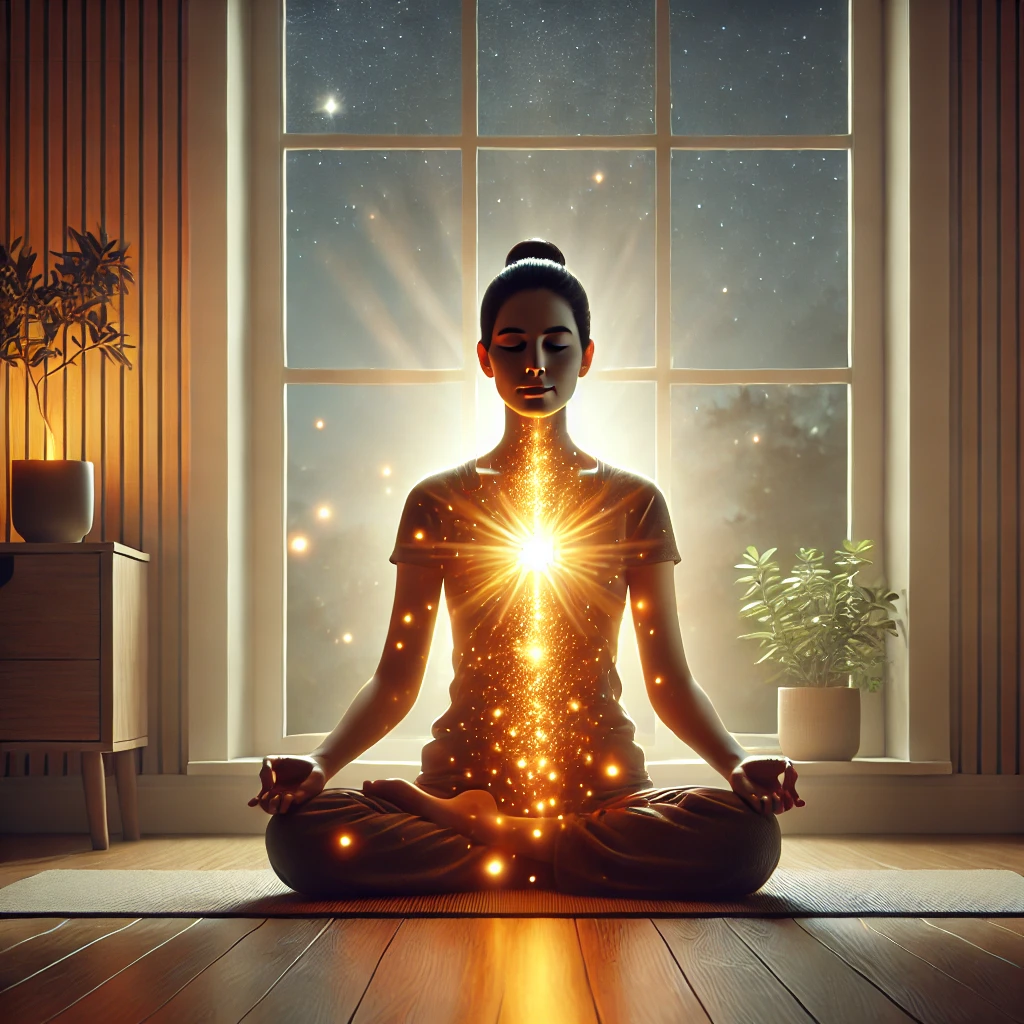
A Path to Fulfilled Living
Understanding the conscious, subconscious, and unconscious mind helps us live with greater clarity and purpose. These three levels form an interconnected system influencing perception, behavior, and well-being. The conscious mind is our active awareness—it plans, decides, and sets intentions. It often overanalyzes, leading to stress when it tries to control everything. By trusting deeper layers, the conscious mind can focus on presence and meaningful action. The subconscious mind operates silently, managing habits, emotions, and learned behaviors. It functions like a skilled driver, guiding us based on past experience and internal programming. Calmness and mental clarity enhance the subconscious mind’s effectiveness. The unconscious mind is the deepest level, holding instincts, hidden patterns, and universal truths. Though invisible, it powerfully shapes our thoughts and behavior. Harmonizing all three minds fosters resilience, inner peace, and a fulfilling life.
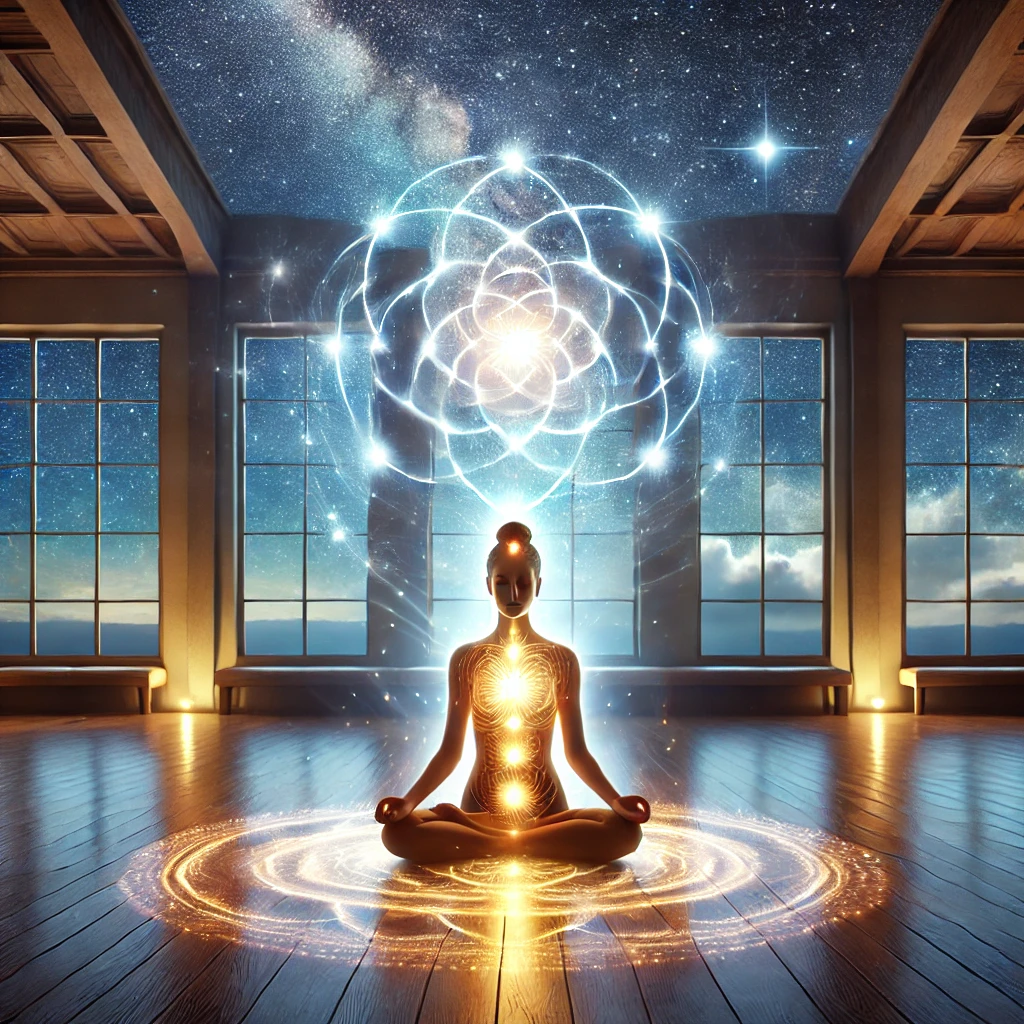
Balancing Awareness and Focused Attention
In a fast-paced world, balancing awareness and focused attention is key to inner peace. Awareness means being present without judgment—simply observing thoughts and emotions. This state fosters calm, reduces stress, and enhances emotional resilience and flexibility. It also supports creativity by freeing the mind from rigid patterns and attachments. Focused attention involves deliberate concentration, helping us engage effectively with tasks. Mastering both states allows us to face life’s challenges with clarity and stability. Meditation is a vital tool for training the mind to shift between awareness and focus. Regular practice builds familiarity, making peaceful presence more accessible in daily life. This mental training nurtures self-compassion, acceptance, and psychological well-being. Ultimately, balancing these states reconnects us with our true essence and lasting peace.
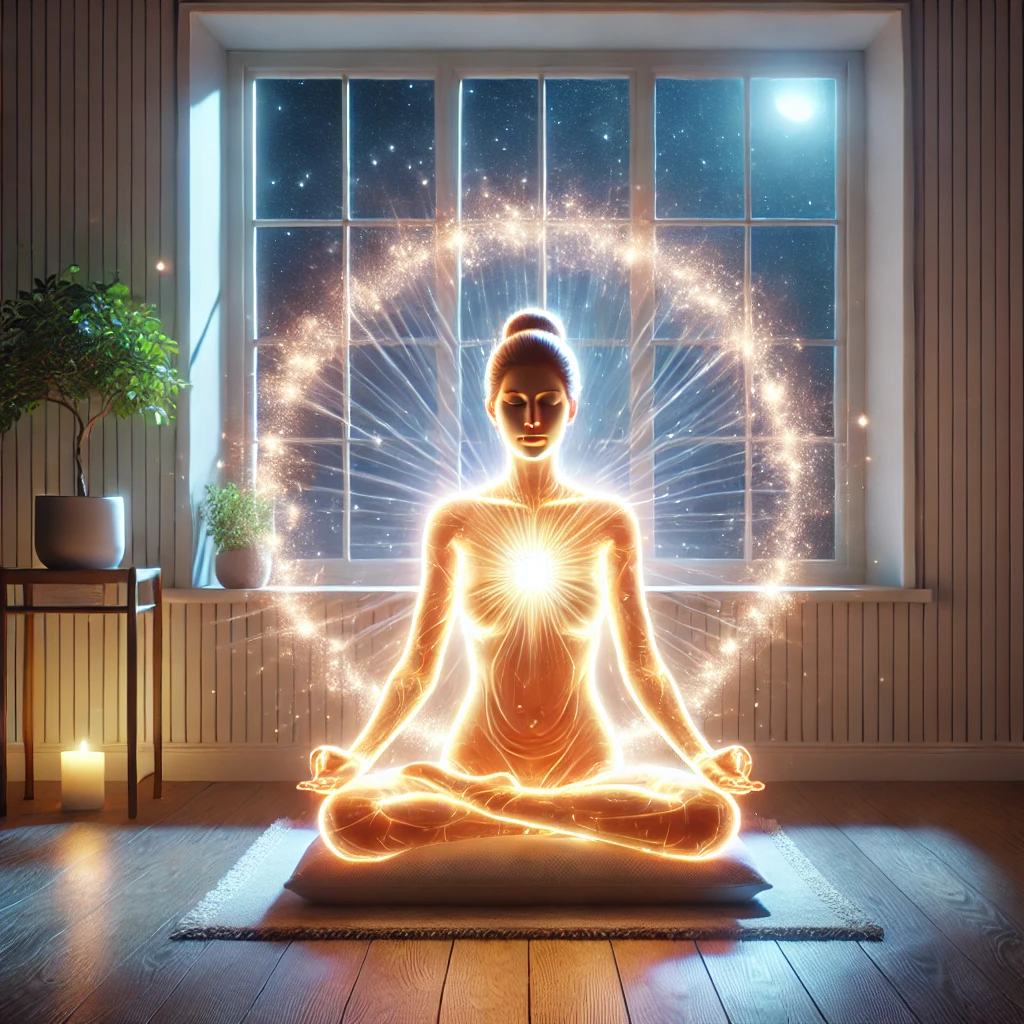
The True Mind
Within each of us flows both a restless, reactive mind and a silent, unchanging True Mind. The True Mind is pure, wordless, and ever-present—unaffected by emotions or life events. We grow up immersed in emotional reactions, forgetting the stillness beneath them. Spiritual practice is not about resisting emotions but gently returning to inner clarity. When we recognize the True Mind, the reactive mind naturally calms without force. This recognition comes not through thought, but through stillness and direct experience. The Unchanging Mind is always present—awake, dreaming, or asleep—untouched by turmoil. True peace isn’t created; it is uncovered by pausing and deeply seeing what is already here. Even in pain or fear, there is a quiet space within that remains whole and undisturbed. Real practice happens not in ideal conditions but through clear seeing in any circumstance.

Self-Inquiry techniques - A Journey to Awareness
Self-inquiry is a practice of turning inward to explore our true self beyond thoughts and roles. By asking questions like “Am I here?” and affirming “I am here,” we access a deeper awareness always present within us. This awareness is steady, unchanging, and contrasts with fleeting thoughts and emotions. Understanding awareness as timeless, formless, and self-knowing is crucial for self-inquiry. Awareness is the silent witness to all experiences, unaffected by mental turbulence. Self-inquiry helps us distinguish this awareness from transient aspects of ourselves. Practices involve sitting quietly, inwardly questioning, and resting in the sensation of presence. When thoughts arise, we observe them without attachment, returning attention to awareness. Even when the mind wanders, the presence of awareness remains constant and accessible. Ultimately, self-inquiry is about recognizing and resting in the ever-present awareness that defines our true nature.

Transforming the Pain of Past Experiences
Pain from past trauma often repeats because the conscious mind misinterprets subconscious symbolic memories. These emotional loops keep suffering alive, even though the original event is past. Awareness, the unchanging observer within, witnesses pain without being harmed by it. By stepping into awareness, we separate ourselves from pain and break free from victimhood. Conscious reframing helps rewrite the pain narrative, transforming old interpretations into healing perspectives. Viewing pain as a temporary experience, not a defining reality, softens its emotional grip. Compassionate observation allows us to release suffering and regain resilience. A meditation practice supports this process by focusing on pain, breathing, and mindful reframing. This exercise encourages seeing pain as separate from the self and responding with kindness. Ultimately, awareness and reframing enable deep healing and freedom from repetitive pain cycles.

The Universal Fear of Death
The universal fear of death stems from an instinct to preserve life rooted in eternal awareness present in all beings. Awareness is distinct from the temporary body, which leads to fear when we identify solely with physical existence. Humans uniquely reflect on this fear and can transcend it by realizing their true, undying nature. Enlightened individuals see death as a shedding of the body, not an end. Science historically overlooked awareness but now increasingly studies it alongside psychology and AI. Chinese scientists are pioneering AI with brain-like structures to create aware machines. Despite technological advances, true awareness is discovered inwardly, beyond the body and mind. Awareness is the essence that contains the body, not the other way around. A simple meditation helps reconnect with this unchanging presence and overcome death fear. Self-discovery is a return to our eternal essence, bridging ancient wisdom and modern science.
Heart Qualities
Cultivating Heart Qualities Through Present-Moment Awareness
Heart qualities like happiness, calmness, stillness, compassion, and kindness are inherent to our being. They arise naturally when we are present.
Yet, the mind’s noise—thoughts, emotions, and self-centered habits—can obscure this inner richness, distancing us from our true nature.
Though the present moment lives deeply within us, its clarity dims when we’re caught in subconscious patterns, filtering it through the lens of conditioned thought.
To reconnect with this innate awareness, it’s essential to learn the art of relaxation and letting go. Through this practice, we begin to loosen our identification with thoughts, emotions, and the restless activity of the mind. Relaxation creates inner space, allowing awareness to shine through without interference. And as awareness begins to reveal itself more clearly, we may notice a quiet richness emerging from within. This is not something we create—it is already present.
Qualities such as calmness, stillness, compassion, kindness, and creativity naturally arise from this depth. These heart qualities are not achieved through effort but unfold effortlessly when the mind settles and we rest in presence. They are the fragrance of awareness itself—gentle, wise, and responsive—and they guide us into a more open, loving, and authentic way of being.
Dharma practitioner
Huan M. Vuong
A lifelong seeker, Huan Minh Vuong has spent more than 30 years walking the path of inner discovery. Through silence, insight, and unwavering dedication, he has uncovered the aware stillness at the heart of all experience — and now shares this light with others. His work invites you to return to your True Self, where peace, clarity and inner awareness are waiting for you to come back.
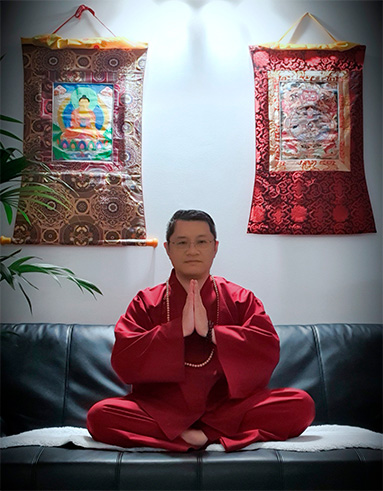
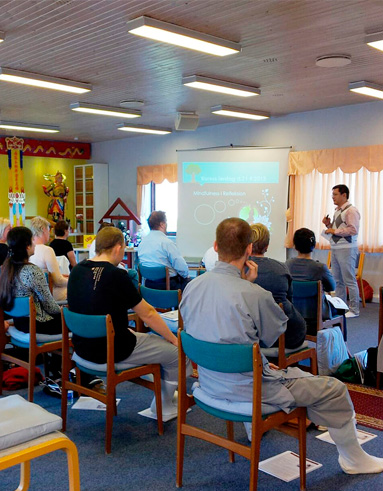
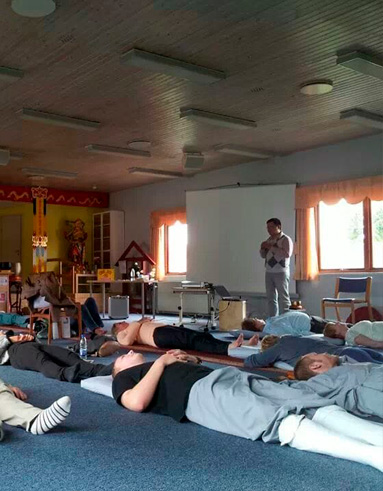
Testimonials
Course participants

